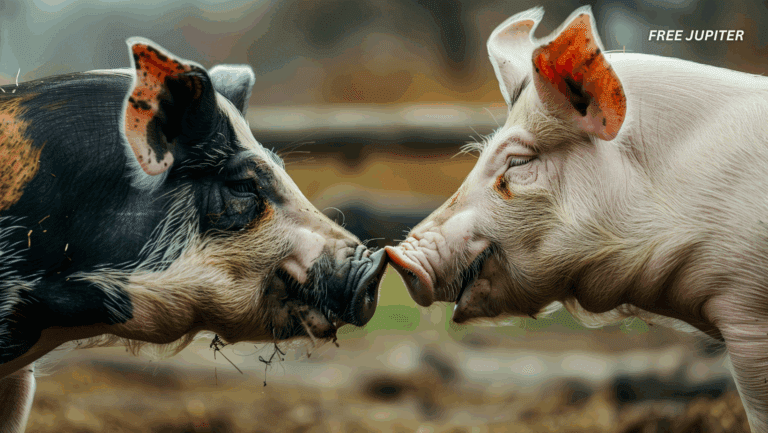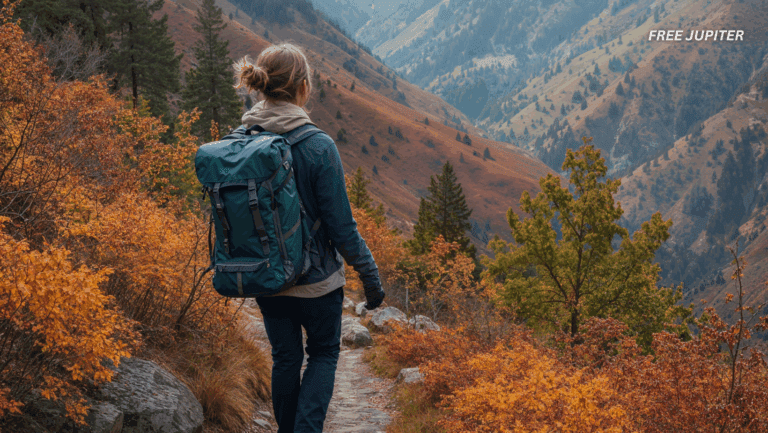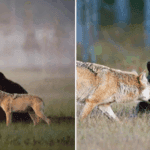In a fiery reminder that nature doesn’t always play nice, a 30-year-old man took a tumble—literally—after getting a little too close to one of Earth’s most active volcanoes.
It happened last week at Hawaiʻi Volcanoes National Park, near the Byron Ledge Trail. Park rangers say the man veered off the designated path in pursuit of a better view of the erupting Kīlauea volcano. But instead of a National Geographic moment, he ended up falling 30 feet down a cliff.
According to officials, he got too close to the edge, lost his footing, and took a serious fall. Fortunately, a tree broke his descent just in time, saving him from a much deadlier drop—another 100 feet into the volcano’s massive crater floor.
Nature Doesn’t Like Shortcuts
Park rangers didn’t mince words in their public warning: “Stay on marked trails and overlooks.” Cliff edges might seem solid but are often undercut by erosion, hidden by plants, or just plain crumbly. Combine that with loose rocks and volcanic terrain, and you’ve got a recipe for danger.
To make things worse, the man wasn’t carrying a flashlight or headlamp—even though it was dark. Going off-trail near a lava-spewing volcano without proper lighting? Let’s just say that’s a bold (and deeply unadvisable) move.
Luckily, the park’s experienced rescue team jumped into action. They rappelled down the thick vegetation along the cliff and pulled him back up in what’s known as a “high-angle rescue.” Miraculously, the man escaped with only some facial scrapes and a very dramatic story to tell—though not the kind you’d want to repeat.
The Volcano Was Busy Too
The fall happened on the same day Kīlauea put on a fiery display. The eruption—its 25th in the current cycle—began just after noon and wrapped up around 8 p.m. Lava fountains reached over 1,000 feet high, and molten rivers flowed freely across the crater floor.
It’s worth noting: the eruption occurred inside a restricted area of the park, closed due to dangerous volcanic activity. However, visitors could still safely enjoy the spectacle from designated overlooks along the rim. That’s where the view was meant to be enjoyed—from a distance.
Read more: Tragic Fall From Cliff Face in Utah Claims Lives of Two Florida Hikers
Why It Matters: Rules Exist for a Reason
This wasn’t just a freak accident—it’s a cautionary tale. National parks are wild for a reason. Kīlauea isn’t a movie set. It’s a living, breathing, unpredictable force of nature. So when signs say “Stay on the trail,” they aren’t trying to ruin your adventure—they’re trying to make sure you live to post about it.
Even experienced hikers are encouraged to come prepared with gear, light sources, and updated maps. Volcanoes may be majestic, but they’re also unpredictable, unstable, and full of hidden risks.
When Nature Says “Nope”
Sometimes, Mother Nature doesn’t just whisper her warnings—she yells them. Loudly. And yet, time and again, people test the limits of wilderness, wildlife, and volcanoes, often with dramatic consequences. Here are several jaw-dropping (and sometimes heartbreaking) stories of what happens when thrill-seeking turns into trouble:
1. Yellowstone Tourist Gets Too Close to a Bison—and Gets Launched
It’s one of the most iconic sights in Yellowstone National Park: massive bison grazing peacefully on open land. But peaceful doesn’t mean approachable. A visitor hoping for the perfect close-up learned this the hard way when they got a bit too bold—and a whole lot airborne. The bison, clearly not a fan of selfies, charged and tossed the person several feet into the air like a rag doll.
Although the tourist escaped serious injury, park rangers used the incident to remind visitors that wild animals are unpredictable and definitely not Instagram accessories. Yellowstone even has a rule: stay at least 25 yards away from bison. Now we know why.
Read more: Florida Man Gored by Massive Bison at Yellowstone After Ignoring Wildlife Distance Guidelines
2. Mount Etna Hikers Caught Off-Guard by Sudden Eruption
Mount Etna, Europe’s most active volcano, is as beautiful as it is dangerous. In 2017, a BBC film crew and a group of tourists learned that firsthand when a lava flow hit snow, triggering a sudden and violent explosion of steam, gas, and rock. Several people were injured, some with head wounds and burns, as they fled down the mountain.
The eruption wasn’t massive by Etna standards, but the timing and proximity made it especially hazardous. Even with a guide and professional crew, the group was reminded how quickly volcanoes can flip the script—going from scenic to scary in seconds.
3. Selfie Gone Wrong: Hiker Falls Into Grand Canyon While Snapping a Photo
The Grand Canyon is one of the world’s most breathtaking natural wonders—but some views are best appreciated with both feet firmly planted. Tragically, a tourist attempting a risky selfie near the edge lost their balance and fell hundreds of feet to their death. It was one of several fatal falls reported that year at the national park, many involving people going beyond safety barriers or ignoring posted warnings.
While the canyon makes for jaw-dropping photos, experts urge visitors to prioritize safety over social media likes. No image is worth risking your life over.
4. Tourists Trapped by Eruption in New Zealand’s White Island Tragedy
In December 2019, a guided tour to New Zealand’s White Island—an active marine volcano—turned deadly when the volcano erupted unexpectedly while tourists were walking inside the crater. The explosion released a superheated cloud of ash and gas, killing 22 people and injuring many others.
The tragedy sparked global debate about the risks of “volcano tourism” and whether certain sites should remain open to visitors. Even in the age of advanced monitoring, volcanoes remain wildly unpredictable. This heartbreaking event served as a sobering reminder that beauty and danger often go hand in hand in the natural world.
Read more: Your DNA Is Actually So Long That It Can Stretch From Earth to Pluto And Back 17 Times!
5. The Rise of “Extreme Tourism”: Beautiful, Dangerous, and Sometimes Deadly
In recent years, there’s been a boom in adventure travel—think trekking across glaciers, scaling volcanic slopes, or camping near lava flows. These adrenaline-fueled experiences are often marketed as “once-in-a-lifetime,” but they come with high-stakes risks.
Experts warn that social media has played a big role in glamorizing high-risk travel, encouraging people to seek out more thrilling (and sometimes reckless) encounters with nature. But when travelers underestimate terrain, wildlife, or the raw force of a volcano, nature has a way of humbling even the most confident explorers.
Final Thought: Respect the Wild
Each of these stories serves as a powerful reminder that Earth’s natural wonders are as unforgiving as they are awe-inspiring. Whether it’s a cliff, a crater, or a curious-looking animal, the rules of the wild are simple: respect boundaries, be prepared, and remember that nature always has the final word.










